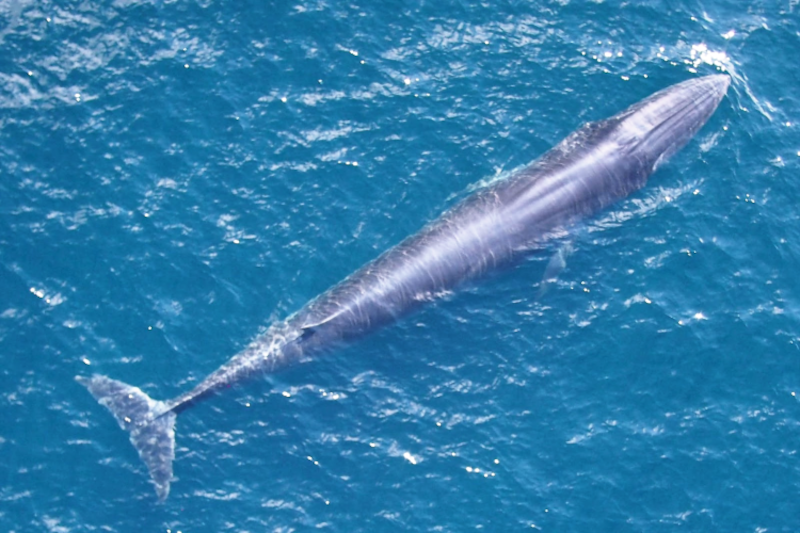
Rice’s Whale Facts
- This massive mammal most frequently goes by the common name of the Rice’s Whale across its full native range. The beautiful animal does have at least one other broadly accepted general title, though. That’s the informative term of the Gulf of Mexico whale.
- Inside of scientific circles, however, it’s perhaps better known by its technical designation. Believe it or not, as such labels go, that’s a comparatively simple term for the layperson to pronounce. That’s because its official moniker is Balaenoptera ricei.
- Its naming holds a bit of a story. The American cetologist, Dale W. RIce made the first official recognition of the creature. He, however, believed it to be a local sub-population of another species. The appellation he assigned it was Balaenoptera edeni brydei.
- Subsequent research eventually disproved this belief, though. The American researchers Patricia E. Rosel and Lynsey A. Wilcox represented leaders in those efforts. Due to their efforts, the remarkable cetacean later received the epithet it holds now.
- Sadly, the Rice’s Whale has an extremely small population base. That alone poses severe threats to its continued viability, due to the perils of potential inbreeding. That’s true since current estimates place its total population at no more than 100 individuals.
- Due to this state of affairs, the IUCN presently lists the animal as Critically Endangered. It also faces other dangers that only serve to augment its precarious condition. These include such concerns as habitat loss and the ongoing effects of climate change.
Related Articles
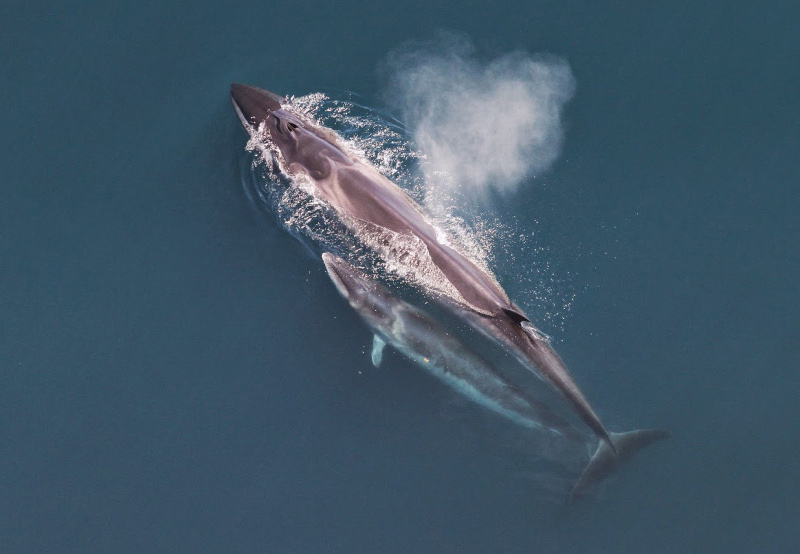
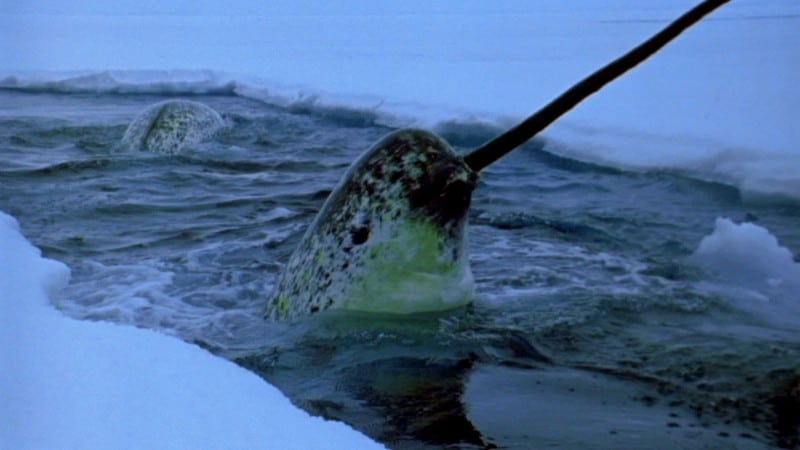
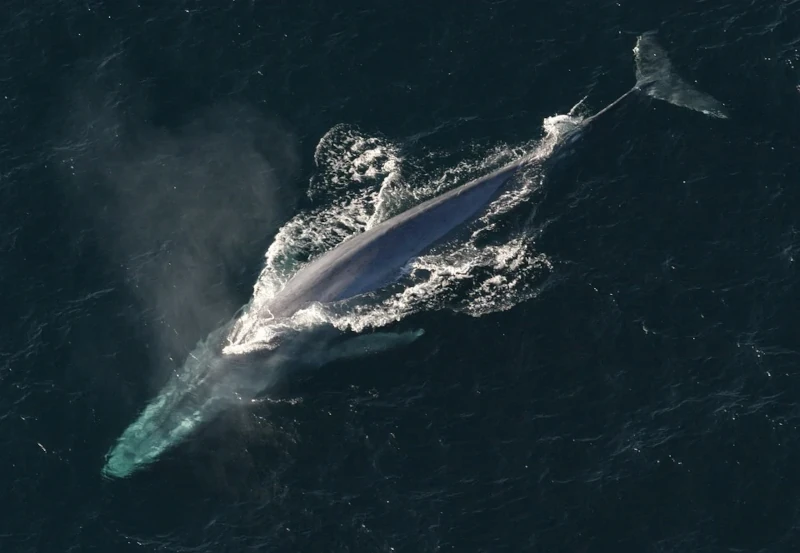
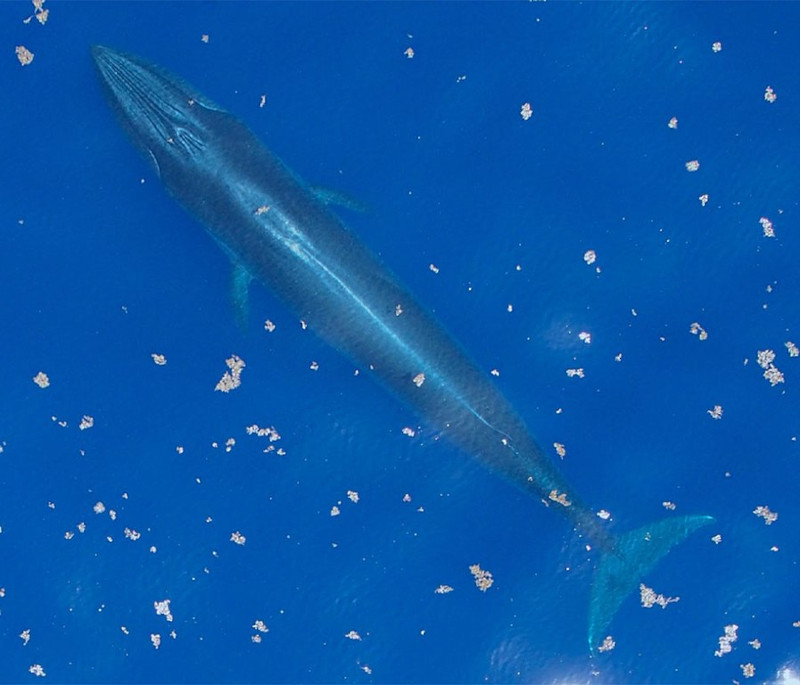
Rice’s Whale Physical Description
The amazing Rice’s Whale, like most of its many known relatives, definitely captures your attention when you encounter one. In its case, though, it does so due to its beauty as much as its sheer size. That’s true given the fact that, for a whale, it’s a moderately-large species.
Unlike some mammals, however, it displays no noticeable degree of the physiological characteristic of sexual dimorphism. This further holds true in terms of both size and appearance. Distinguishing the genders can thus be difficult for the untrained observer.
Body lengths vary significantly among adults, regardless of sex. The largest confirmed specimen, a female, measured approximately 41.5 ft (12.65 m). Some mature individuals, however, never exceed 23 ft (7 m) in length. Few, in fact, ever exceed 33 ft (10 m) in length.
Body masses also understandably vary greatly. That variation additionally occurs regardless of sex. Unconfirmed reports of extremely heavy and lengthy examples exist, of course. Yet, the NOAA reports a maximum confirmed weight equaling 30,578 lb (13,870 kg).
The majestic Rice’s Whale possesses a body structure that’s sleek and more streamlined than many of its kin. Its dorsal fin also has a distinctive hook-like shape. The head develops as flat and rather pointed. It also has a unique set of three prominent ridges along its length.
In coloring, the whale presents an almost identical pattern to another whale sharing the same region. The upper body shows a uniform charcoal gray. Its stomach, along with the underside of the tail, however, shows a light pinkish hue. The flippers show pure dark gray.
- Kingdom: Animalia
- Phylum: Chordata
- Class: Mammalia
- Order: Artiodactyla
- Family: Balaenopteridae
- Genus: Balaenoptera
- Species: B. ricei

Rice’s Whale Distribution, Habitat, and Ecology
Unfortunately, the intriguing Rice’s Whale appears to have evolved as native to a moderately restricted region of the world’s marine waters. It further seems that its zone of habitation now measures even smaller than it once did. The reasons for this remain unknown.
The precise area where it lives now might surprise some readers, though. That’s because this marvel of Nature and evolution currently only lives in the Gulf of Mexico. Even there, however, it mainly confines itself to the northeastern portion, also for unknown reasons.
Its primary habitat choice ony serves to further limit its range of habitation. That’s due to the fact that the majority of individuals spend the greatest part of their time to a small section along the continental slope. This territory extends roughly from Florida to Louisiana.
This small section of the waters off North America places its range just off the shoreline of the United States. Yet, even inside of this relatively tiny zone, it also mainly confines itself to a specific depth range. Most spend their time at depths of 490 – 1,350 ft (150 – 410 m).
Scientists still know very little about the precise feeding habits of the awesome Rice’s Whale. Studies of its movements, however, indicate that it tends to feed either at or near the seafloor. The nature of its prey continues to elude scientists, but may include hatchetfish.
It also differs from many whales in that it does not engage in migrations. Individuals spend their entire lives restricted to this one area. Typically, the animal lives either alone or in mated pairs. Yet, it sometimes gather in larger groups, thought to be when food is abundant.
Not surprisingly, given its size, the creature has no confirmed predators. It’s believed, however, that Orcas might sometimes prey on the species. The Great White Shark also poses a potential threat to smaller specimens. Both of these animals sometimes share its range.
Species Sharing Its Range
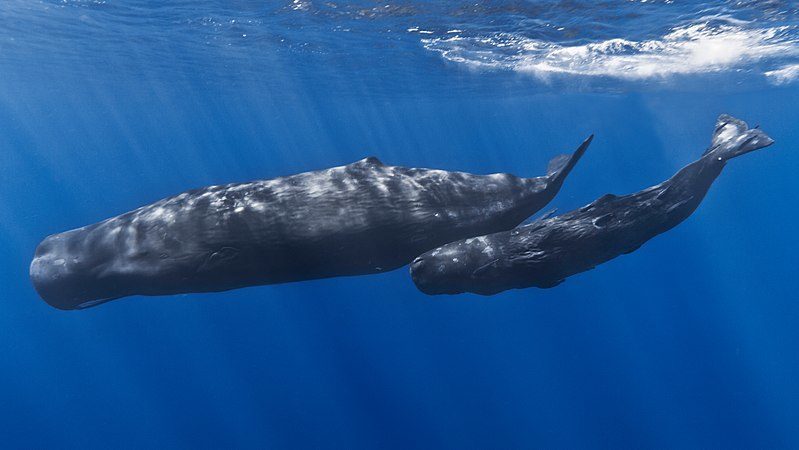
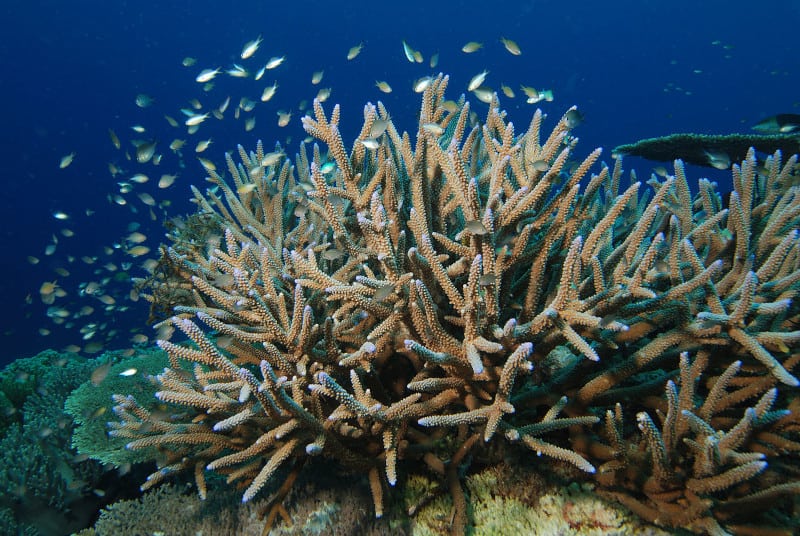
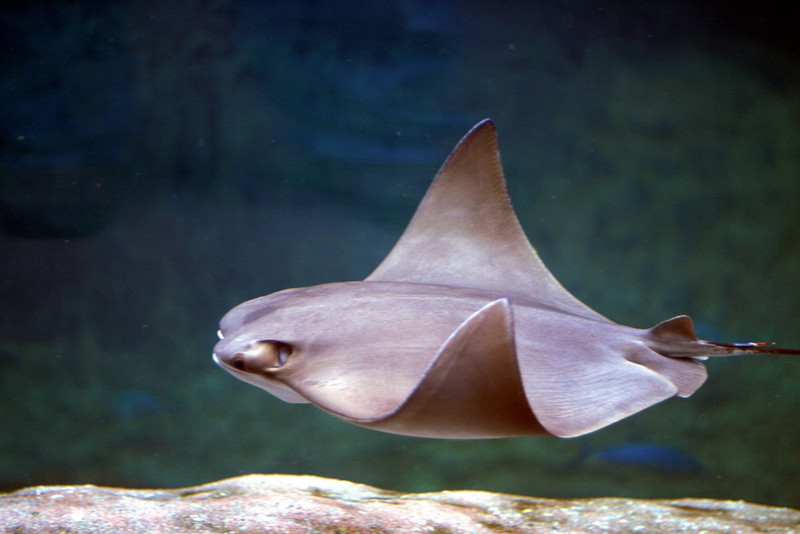
Check out our other articles on 7 Breathtaking East Coast Wonders, Black-and-white hawk-eagle, Sacred Valley, Clouded Leopard, Mountain Laurel, Lime Butterfly, Rough-nosed Horned-Lizard









Leave a Reply